Media | Articles
75 Years on, Jensen’s Interceptor Still Captures Hearts
In 1949, when Alan and Richard Jensen had to choose a model name for their hand-built English car, they settled on “Interceptor.” In retrospect, the choice was wise: The name is a great bit of marketing, a moniker that suggests power and speed, attributes coveted by many car buyers. Seventy-five years on, that first automobile, and the versions that followed it, continue to attract a dedicated following of enthusiasts. Many seem to be as much in love with the name as with the automobile itself.
Lars Ganesh, a Jaguar mechanic in Sweden, wanted a car to work on in his spare time—one that didn’t remind him of his time on the job—and he eventually settled on a Jensen Interceptor. “If you then add on maybe the coolest name of a car ever, it’s perfect,” he writes. “Interceptor is a name that you just can’t resist.”
In many ways, the Interceptor delivers on the promise its name suggested, with a big American V-8 engine for power and Italian styling that suggests forward motion and potency. But it took the brand a while to get the car to that point and once there, the company only hung on tenuously.
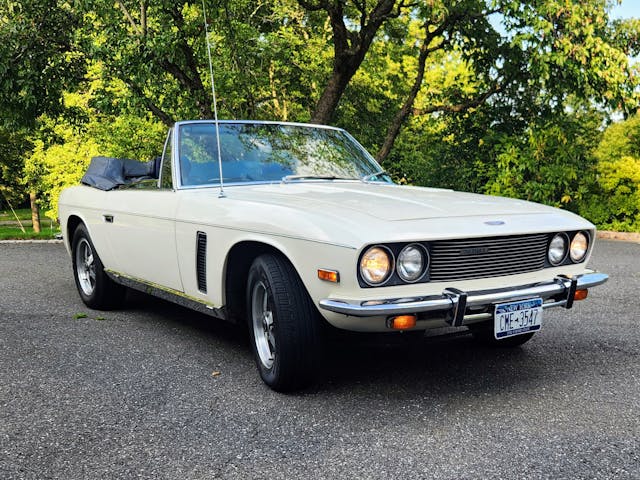
The Jensen brothers were better known as suppliers than as automakers: They manufactured vehicles for a variety of car companies, including Austin and Volvo. In between building machines for other makers, the brothers dabbled in marketing cars of their own design. These ran the gamut from the woody-like shooting brake of 1935 to a fiberglass sports car of the 1950s. The Interceptor, which premiered as a somewhat stodgy convertible in 1949, bloomed in the late ’60s and early ’70s with the production of more than 6000 pretty machines.
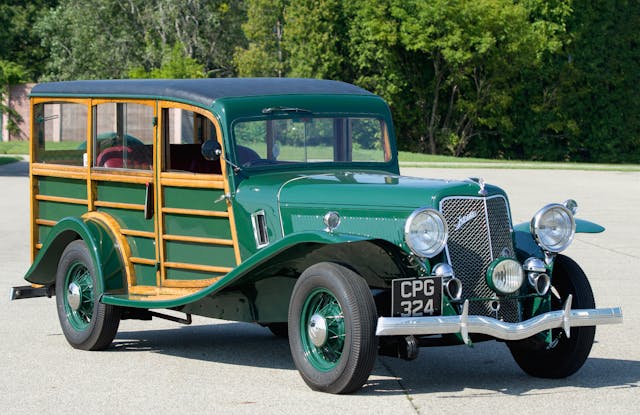
The first-generation Interceptor was built on an Austin A90 chassis that had been reinforced and extended. Only 88 cars were produced, 36 convertibles and 52 coupes. Like earlier Jensen offerings, the cars were powered by an engine cribbed from the parts bin of another manufacturer, in this case, an Austin 4-liter six-cylinder. With 132 horsepower on tap, it was able to propel the 3200-pound car adequately.
Marketplace
Buy and sell classics with confidence
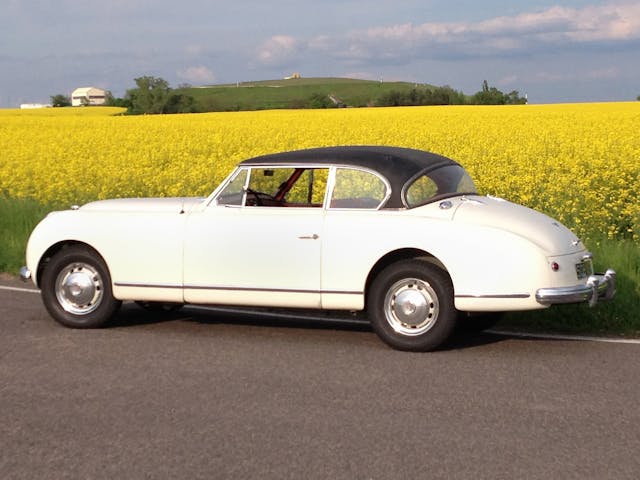
But one buyer wanted more. John Stricken, a Canadian rally driver, owned a Chrysler Hemi modified by Briggs Cunningham to deliver 250 horsepower from 331 cubic inches—great numbers for the time. He asked the Jensens to install it in an Interceptor. As accomplished engineers, the Jensens knew their car couldn’t handle that much power, so they got to work modifying the chassis. Today, that very special Interceptor belongs to Joerg Huesken of Dresden, Germany. It’s a nifty machine, but the sheetmetal lacks the design drama that would later come to distinguish the Interceptor.
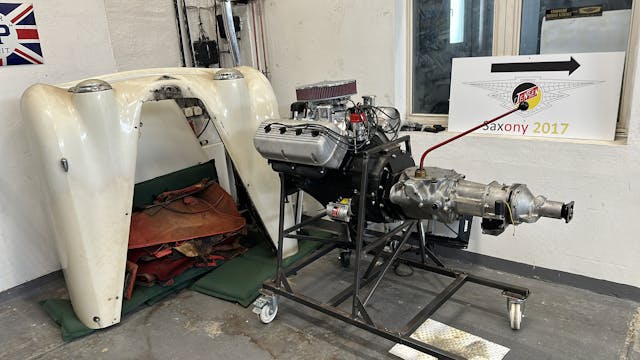
The drama began in ’66 with the introduction of the second-generation Interceptor. In the confusing manner that characterizes Jensen, the first automobiles of that generation were dubbed Mark I, a nomenclature that ignored the Interceptor that preceded it in the ’50s. The second-gen car was more of a reincarnation of than a direct successor to the first-gen model, which had ceased production in ’57.
With a body by Carrozzeria Touring, this new Interceptor seemed heaven-sent, but not everyone was pleased. For the very English Jensen brothers, the decision to build the Italian-styled cars at Italy’s Vignale coachbuilding shop added insult to injury. The call was made by engineering and production management people whom the Jensen brothers had installed in top positions. The decision didn’t sit well with the brothers, who counted coachbuilding among their major skill sets, and they retired from the company soon thereafter.
The Interceptor’s interior featured an abundance of wood and leather and, in the dashboard, the classic Smiths gauges that have graced the best of England’s automobiles. Under the hood was a Chrysler V-8. The second-gen Interceptor was a great combination of sexy Italian design, refined English luxury, and brute American power. “It’s like a Dodge Coronet that went to college at Oxford,” Jay Leno said after viewing a restored 1974 Interceptor on Jay Leno’s Garage.
Although the second-generation car left the Jensen brothers cold, it warmed the cockles of the hearts of American car buyers who were ready for something different than what Detroit was offering. The fact that the Interceptor came with Chrysler’s potent 383 V-8 under the hood did nothing to dampen their enthusiasm. Of course, U.S. sales of the Interceptor were still minimal compared to the standard domestic offerings, but with the cool name, big engine, and great looks, the Interceptor developed a bit of a cult following in America.
Several versions of the second-generation Interceptor—Mark I, II, and III—were built from 1966 to 1976 for a total of 6408 machines. Each new series was slightly modified and improved, but all shared the same basic shape, and all were equipped with Chrysler V-8s.
The most technically advanced Interceptor was the FF model. Only 320 copies of this very special car were produced from 1966 to 1971. All were right-hand-drive, so they couldn’t be sold in the U.S. where standard Interceptor models were doing well. An extra five inches of length gave the FF a sleek silhouette. A technical triumph, it offered anti-lock brakes and four-wheel drive, the first all-wheel propulsion system offered on a road-going car. Weak front axles were a major drawback—imagine what happens if you lose one front drive wheel under acceleration—but the rarity of the car and its innovations make it a desirable machine. Excellent copies can reportedly bring six figures.

The Mark III Interceptor came on the heels of the Mark II and was introduced for the 1971 model year. The 440-cubic-inch Chrysler engine replaced the 383, which had been seriously detuned by Chrysler to meet domestic emissions standards. Most cars were fitted with a four-barrel carbureted version of the engine that generated 305 horsepower, but a high-performance version with Chrysler’s “Six Pack” induction system (triple two-barrel carburetors) was offered in a special model, dubbed SP.
While the FF was the most technically sophisticated Interceptor, the ’71 Jensen SP was the most powerful. Although it looked exactly like other Interceptors, it wasn’t badged as such; it was merely the Jensen SP. Under the hood was the Mopar Six Pack 440-cubic-inch V-8, pumping out a tire-shredding 385 horsepower. While the SP was probably no quicker than the other cars that were equipped with that engine—Plymouth Road Runner and Dodge Super Bee—the sleek automobile looked faster.
The Mark III Interceptor ended production in 1976 with the company in financial trouble and the available supply of parts exhausted.
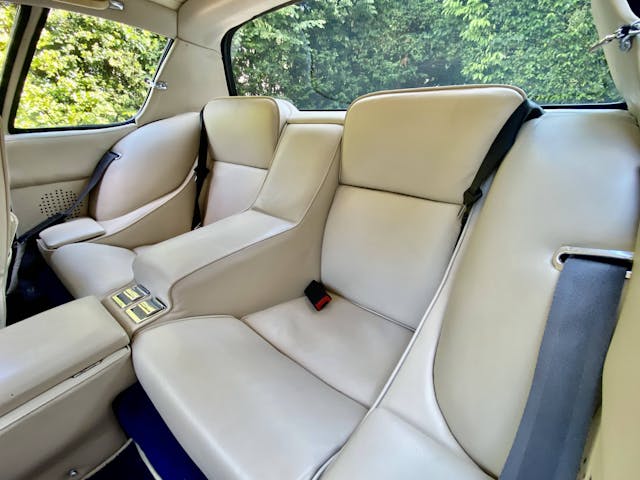
In 1983, the Interceptor name was reincarnated once again as the product of a new company called Jensen Cars Limited. It looked exactly like a ’70s Interceptor, and with good reason: It was exactly like a ’70s Interceptor. But a full rebirth was not to be, and only 14 cars were produced.
In 1990, another company had a go and built 36 copies of what were essentially Interceptors from the 1970s. Once again, financial problems threw a wrench in the works. Production ended in ’93.
While never a great financial success, the Interceptor was and is loved by many. It is a delicious combination: a proper English motorcar with a voluptuous Italian body and a stump-pulling American V-8. That mix of the elegant and brutish coupled with an unforgettable name is key to the Interceptor’s devoted fan base. Although not as large in number as the devotees of many other marques, Interceptor fans are very expressive in their love of the brand. And they can be found in every corner of the globe.
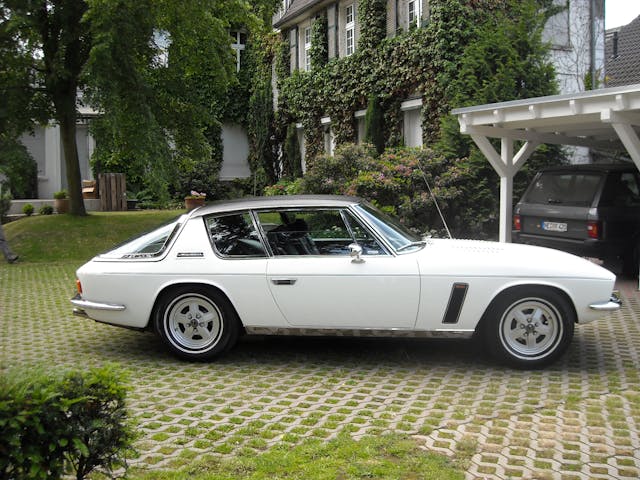
One very dedicated Jensen owner is Thomas Hoeller of Düsseldorf, Germany. Hoeller has traveled the world photographing and documenting Interceptors and has restored several. His travels took him to Carrozzeria Touring, the coachbuilder that had built the first copies of the second-generation Interceptor in 1966. He had heard that the design studies for that car had been lost, so he drove to Milan to search for the missing documents. There he found them in blueprint form and left with a copy.
Dino Fritz of Adelaide, South Australia, is another Interceptor devotee, who grew up in the ’70s and developed a passion for automobiles, “particularly the exotic ones,” he said. But the Adelaide of the ’70s didn’t offer much in the way of automotive pulchritude.
“However, one street away,” he said, “there was a home that had a Jensen Interceptor parked in the driveway. Here was an actual exotic car that I could actually see in the flesh, and I vividly remember the curves on the car and that back window.”
In 1989, Fritz had an opportunity to buy an Interceptor that had been totaled by an insurance company. He joined a Jensen car club, where he learned about Lucas electrical gremlins and the great SP model, so he upgraded the electrical, rebuilt the engine to SP spec (385 hp), and modified the interior to resemble that of the last Interceptor, the short-lived Mark IV of the 1980s. He’s now beginning restoration of an Interceptor convertible that he located in the UK.
The car is habit-forming.
***
Check out the Hagerty Media homepage so you don’t miss a single story, or better yet, bookmark it. To get our best stories delivered right to your inbox, subscribe to our newsletters.
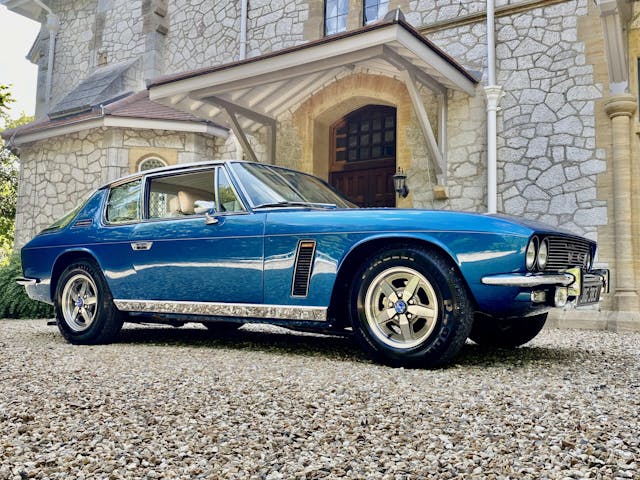
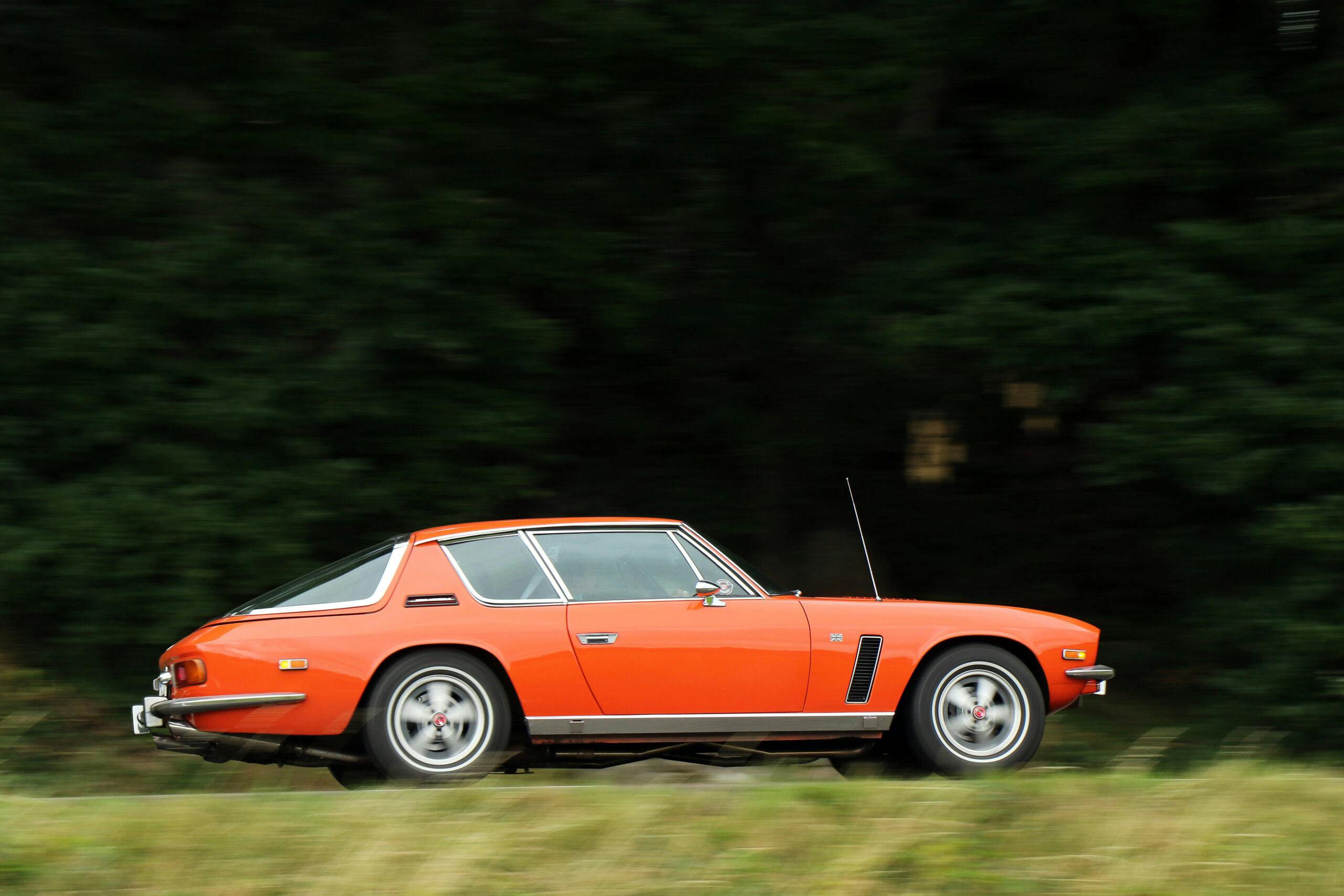
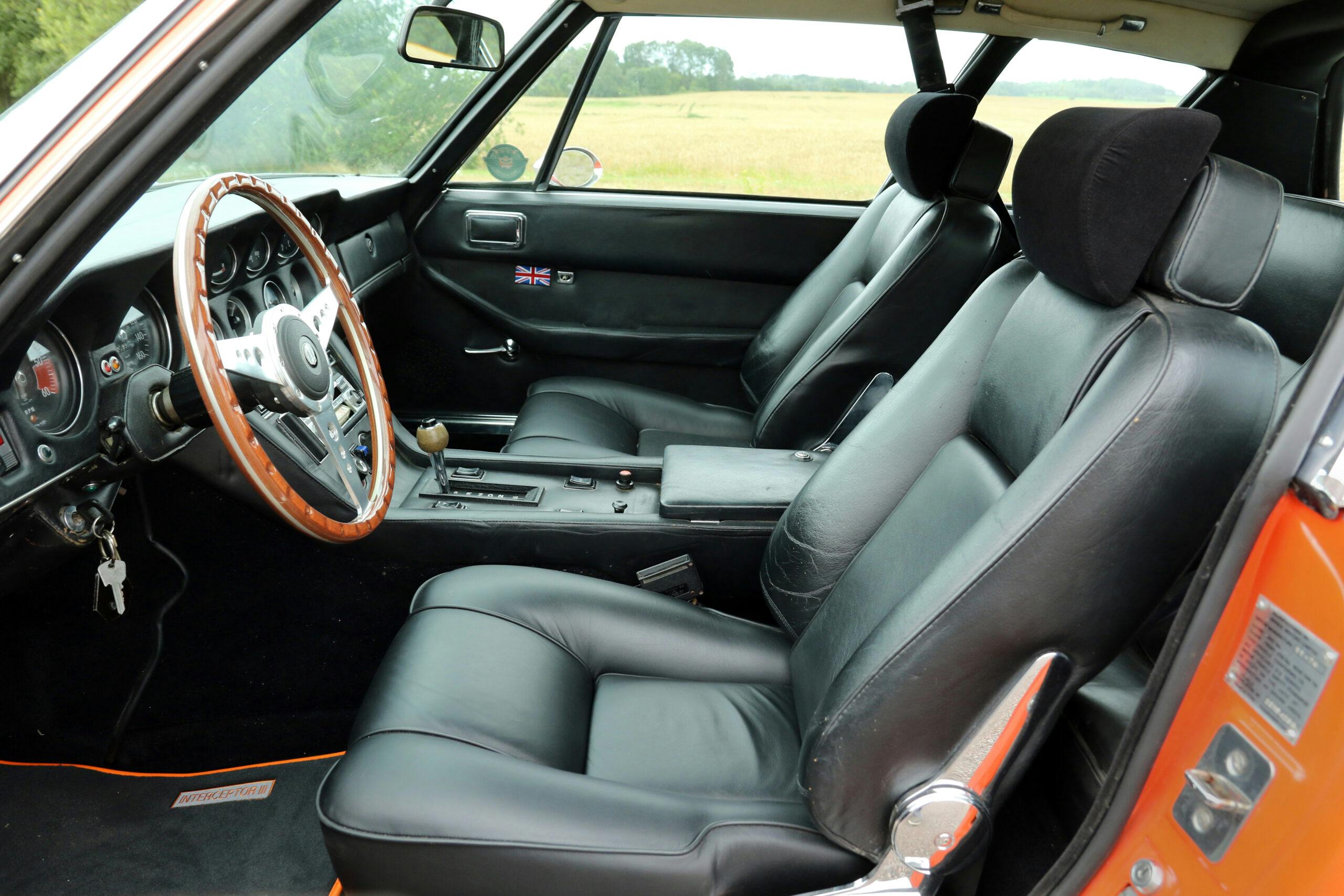









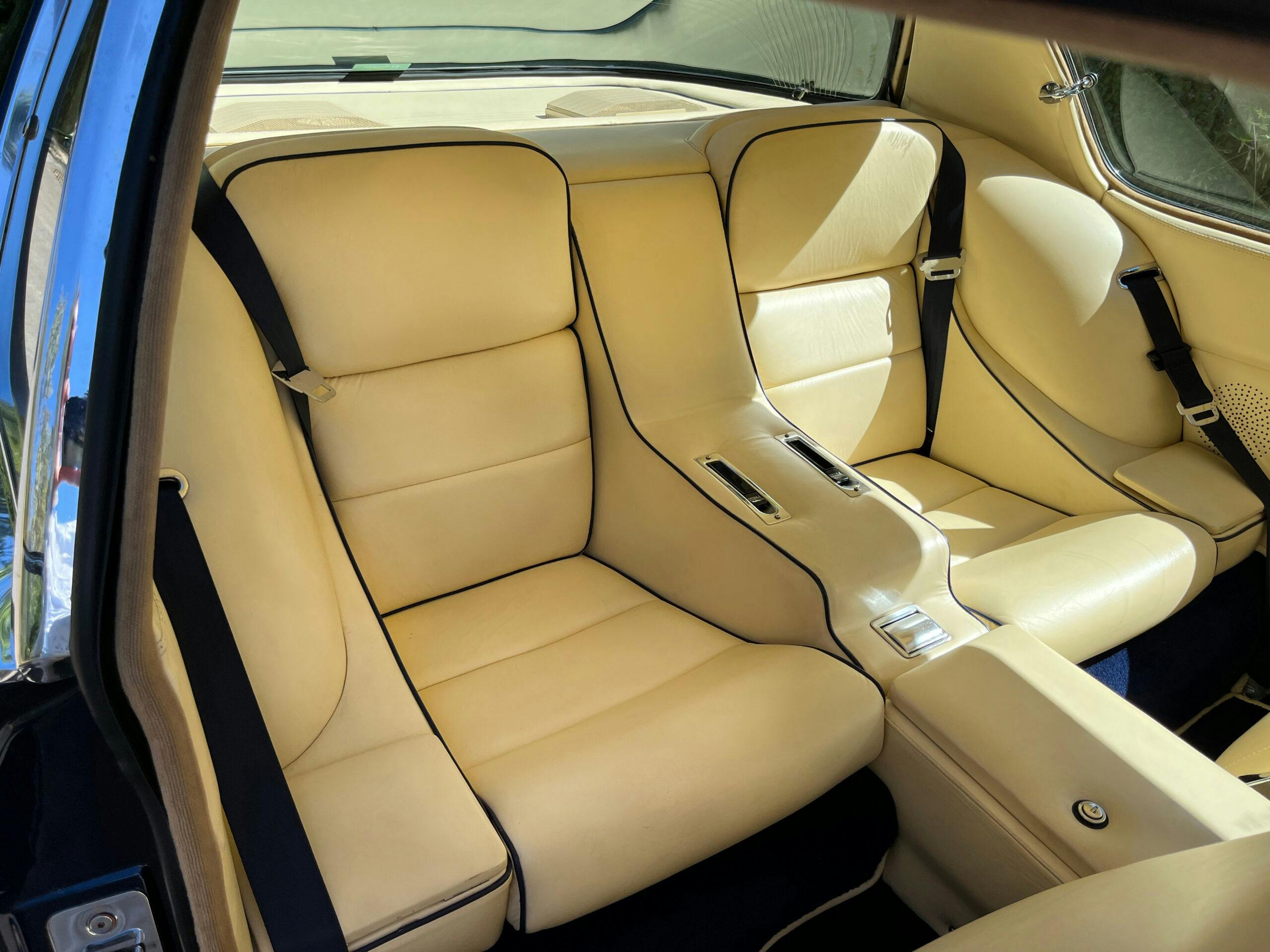









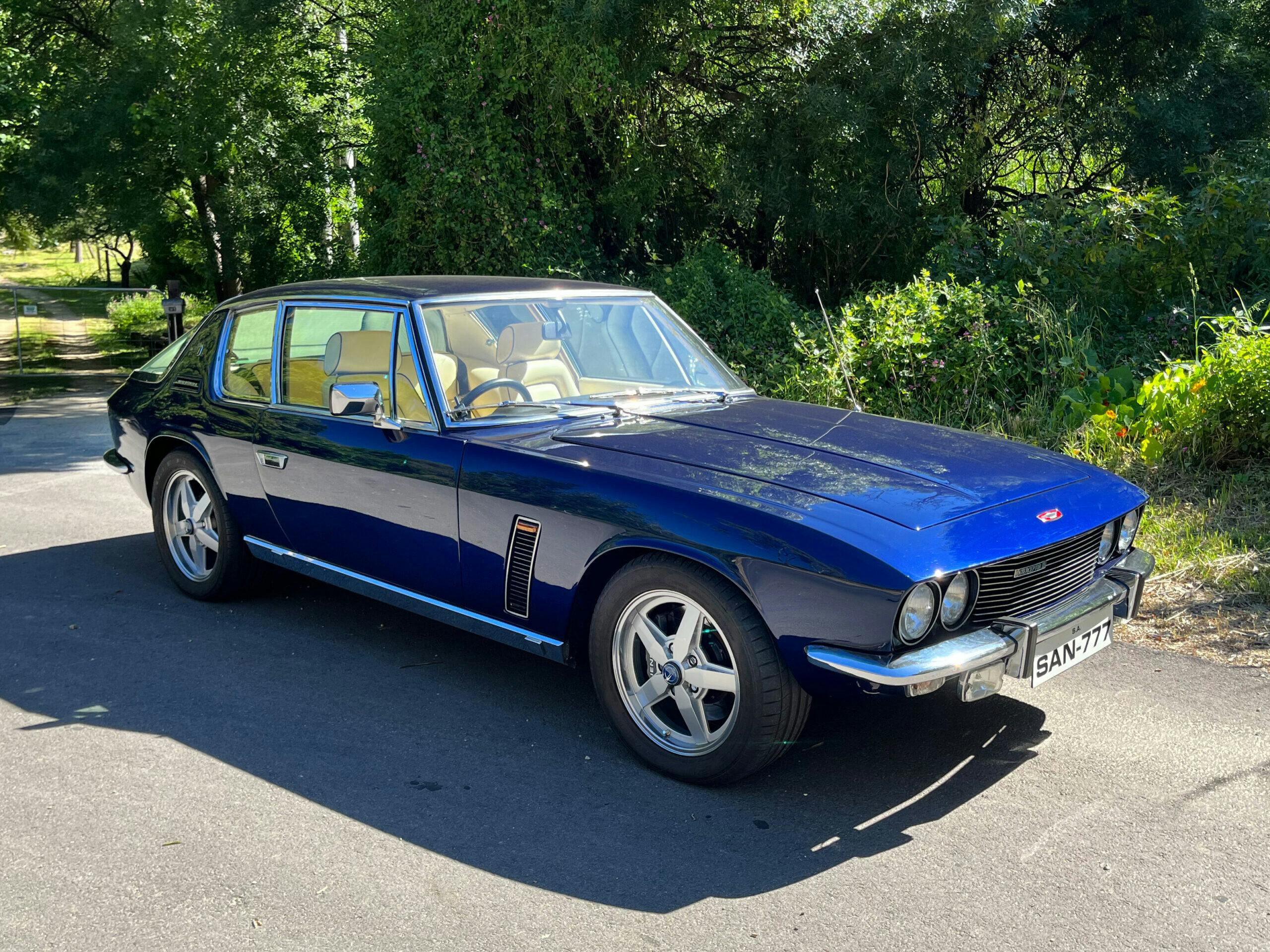
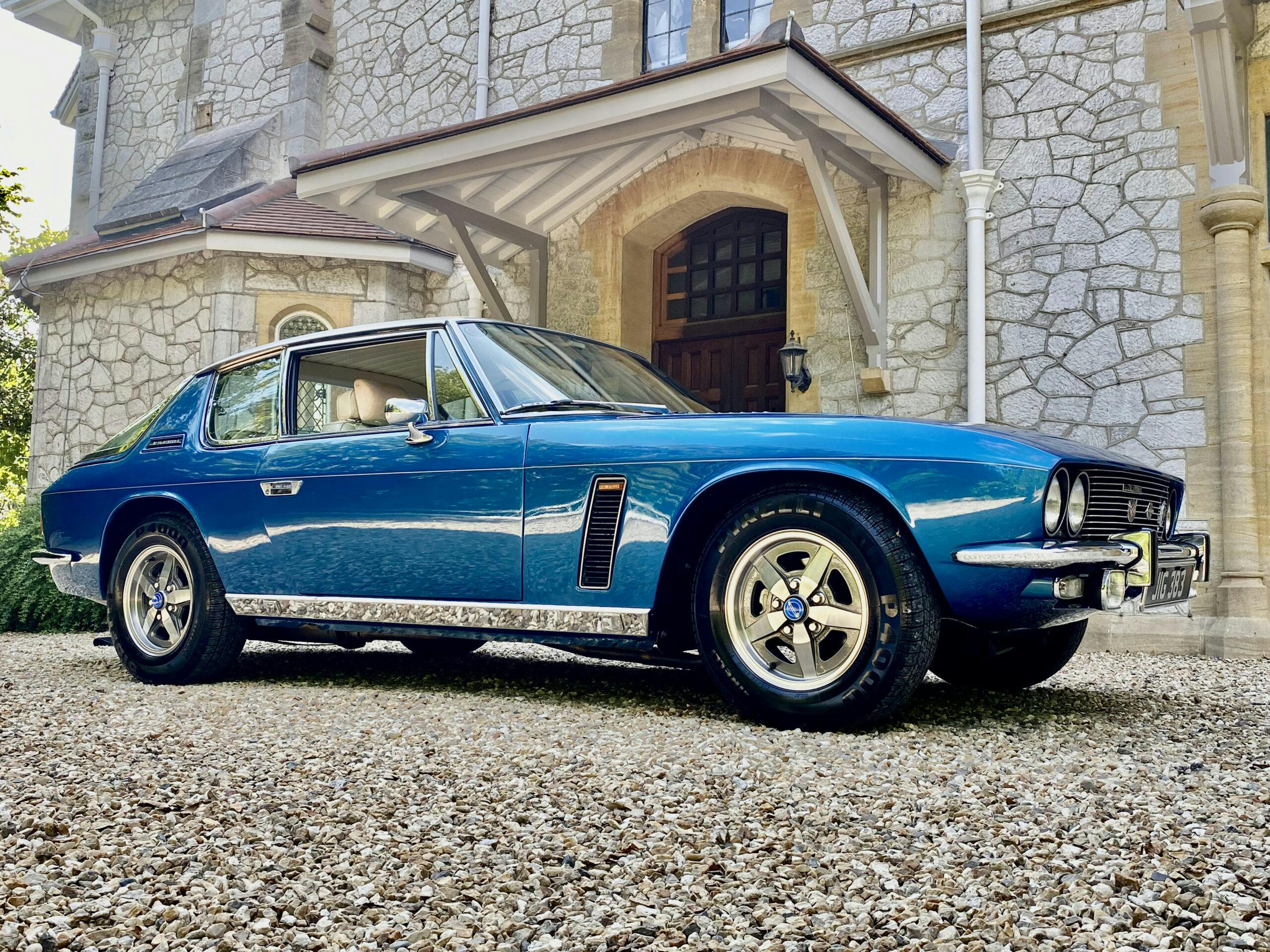
I was passionate about the Jensen Interceptor. I tried to buy one from the infamous Rene Rivkin in 1971 in Sydney but I couldn’t find a lender who would finance it.
In 1973 I was in the UK and drove to the factory, and ordered one, but I got the tour and was dismayed at the layout — a small, ancient building with pillars where they assembled each car in a sequence around the perimeter, skirting the pillars, then paint in the center. The Californian owner of Jensen hammered the staff to increase production but the unions resisted, Increasing production in that building was impossible anyway ….. they layout was the impediment. The cars seemed to be assembled on dollies and moved forward in a circuit around the pillars.
The Australian importer/distributor promoted the Jensen as a hand built high quality superb car that, yes, had a Chrysler truck engine but when the engines arrived at the factory they were manicured to perfection. At my factory visit I mentioned this to the sales manager and his facial expression was priceless — he said they wouldn’t think of changing the engines and took them out of the crate and put them straight into the cars. Labor problems were such that the very thought of tinkering with the engine was scary.
The Interceptor that I ordered was built with Australian specifications but I settled in America so they kindly shipped the car to Australia and refunded my deposit. What a nice company with which to do business and I still wish that I had bought one.
Still looks fresh!
Love the Interceptors. Well done overview. At the top of the story you have the car in Sweden and indicate it is a 1978. Later in the story you state that the Mark III Interceptor ended production in 1976. Also state that Andy Midland bought his in the early 20th century.
A Friend of mine in CA bought a pretty nice one in the mid 90’s for $7500. I was always a Mopar Guy so I wanted that thing so bad I offered him $9 K the day he brought it home. He wouldn’t sell it to me. He Drove it a few times and parked it under a carport. Years went by and every time I tried to buy it he would say no. About 15 years went by and it was in sad shape. I was preparing for a move to Ohio and he offered it to me for $5,000. I could see by then it was a money pit so passed on it. Another friend of mine bought it and from what I hear it is now sitting outside in the weather at his house. Very Sad Story.
Always thought the Interceptor borrowed heavily from the Avanti from the B pillar back.
Look up the Jay Leno’s garage episode in which he drives one. That sound, coming from that body style is intoxicating.
I would just like to correct the subline under the second-last picture as I have already done several times
in the past. This is my Jensen, parking on my yard with my Range Rover in the background. I have no idea,
why someone is repeatedly tempted to publish wrong information about its ownership. It will remain mine 😉
Hi Mr. Müller
I wrote that caption based on information in my files. Of course, we understand the car must be yours if you recognize both it and the setting. We would like to correct the caption. Can you provide me with some information that will enable me to write a new caption? How long have you owned the car? Do you know anything of its history? What attracted you to Jensen? You don’t have to answer all my questions. Just provide as much information as you wish. You can email me at pnstenquist@comcast.net. Call or text at 001-248-408-6978, or simply reply below.
Thanks,
Paul Stenquist
i remember first reading in depth about the jensen in the 90s and noticed that at that time they were not really sought after and undervalued – good time to have grabbed one but i don’t think i’ve ever seen one in person on the road or a show
think it’s cool that it has european looks with american muscle hiding under the hood